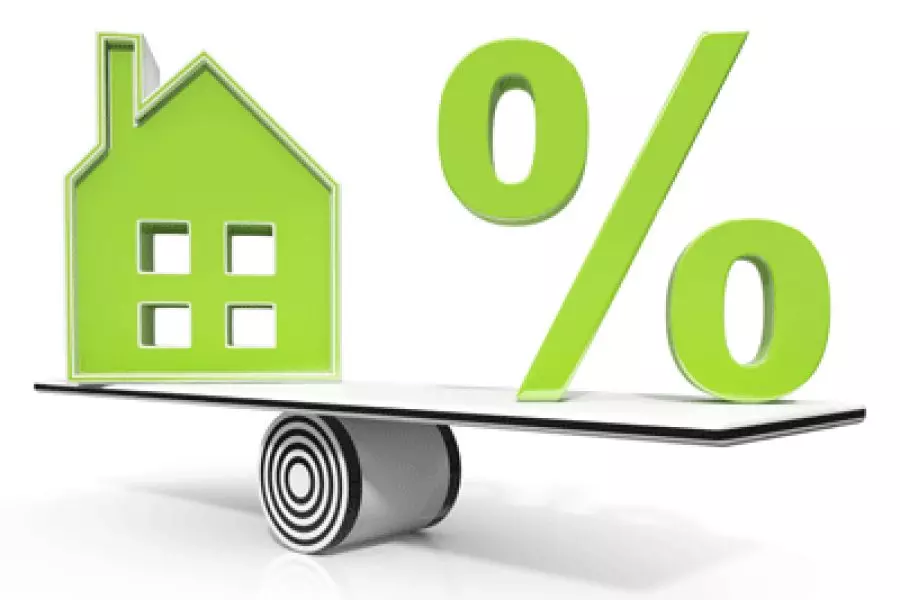
News
Screws starting to turn

Tuesday 8th of June 2021
The average value increased 8.8% over the past three month period to the end of May, down slightly from the 8.9% quarterly growth value at the end of April. The national average value now sits at $931.928.
QV says even though the drop is small it is significant as it’s a rolling three month average, which includes some big increases during earlier months.
Tararua had the m...
Want to read the full article?
Click the button below to subscribe and will have unlimited access to full article and all other articles on the site.
2 min read





![[The Wrap] Bye Bye Bayly](https://goodreturns.publit.io/file/c_fill,w_900,h_600/39f23ac1-f7c7-4854-b700-a150004ebbac.webp)


